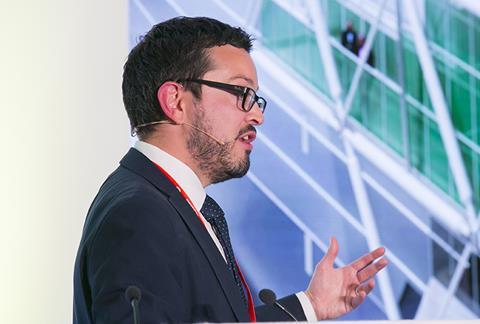
Brexit has amplified the shortage of warehousing space in the UK, delegates were told at the Freight in the City Expo.
Kevin Mofid, director of research at Savills, described property as “the forgotten part of the supply chain”.
“Brexit is amplifying these trends,” said Mofid. “At a national level the vacancy rate for warehousing is 6%, in London that falls to 3%. Amazon took 27% of all available warehousing space in 2016.
"You’ve got all this structural change in the retail world happening, and then Brexit is coming along to amplify those trends."
He added: "Anyone looking for warehousing space as a direct result of Brexit should be thinking about it now, as there isn’t a lot of space to go round."
Read more
- HGV retrofit part of the emissions puzzle but cost will limit take up, warn experts
- No plans for emission zone rationalisation, says TfL
- Dawsongroup expands alternative fuel rental fleet for urban operations
Mofid pointed to the residential property market as an example of what this trend could do to commercial rates for warehousing property.
“All of the political pressure is about delivering homes,” he said. “For example, in New York and San Francisco there is 1.5% vacancy rates, and rents have gone up 40%.
"This is coming to London. This is going to be needed to be factored in for planning. It is effectively a landlord’s market.”

He said that planners and logistics companies would need to get more creative with new warehousing builds – and look at mixed use options that blend commercial and residential.
“The Greater London Authority have established that warehouse real estate keeps the city alive and keeps it moving, therefore there can be no net loss of that space.
"You need to intensify land use and have mixed use,” he said, pointing to examples such as Travis Perkins’ site in St Pancras. This has student accommodation above its DC (and no complaints about noise from the students, he added).
“This is what can work when minds are aligned. With good design nothing is technically impossible. By working together, collaboration, we can use these solutions that are being delivered,” said Mofid.














